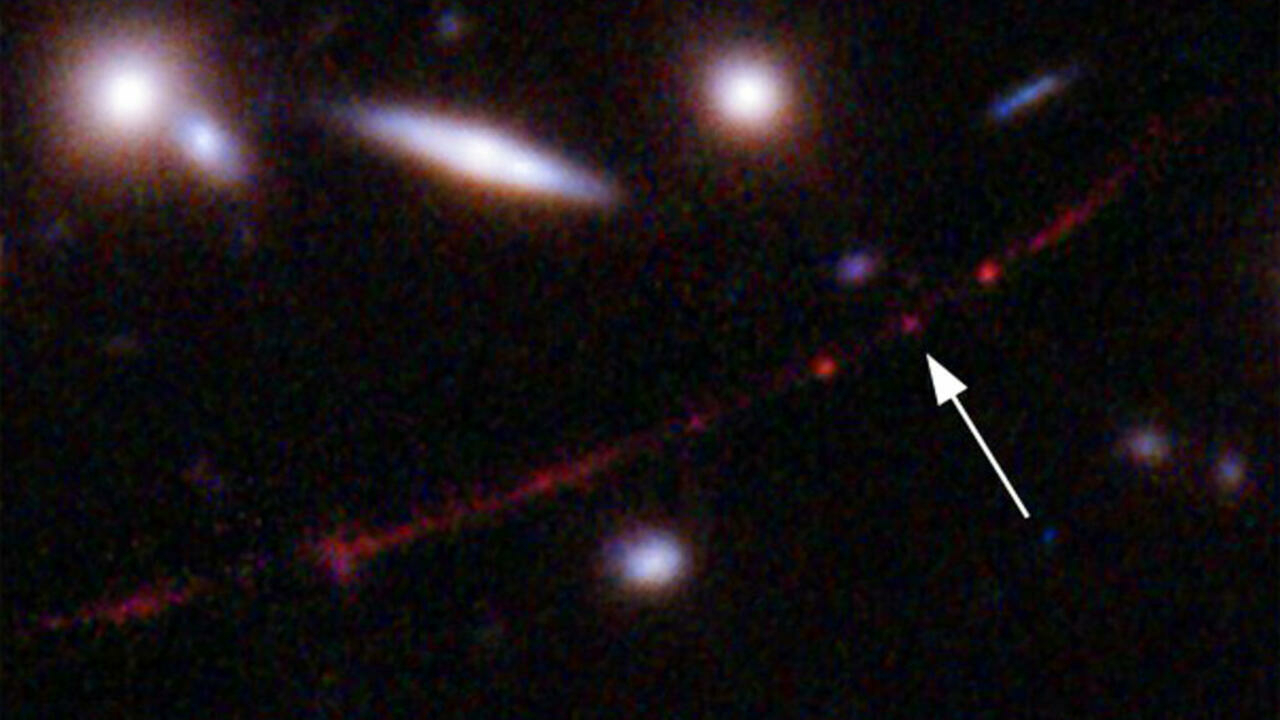Show Notes 22 April 2022
Story 1: US wind energy just hit a major milestone
Source: CNN Story by Ella Nilsen
Link: https://www.cnn.com/2022/04/06/politics/wind-energy-milestone-us-climate/index.html
- The United States just set a major renewable energy milestone: wind power recently became the second-highest source of electricity for the first time since the US Energy Information Administration began gathering the data.
- Last year, wind was the fourth-largest electricity source behind natural gas, coal, and nuclear.
- Recently wind turbines generated more than 2,000 gigawatt-hours of electricity.
- A gigawatt is equal to one billion watts and is enough energy to power about 750,000 homes.
- This sustainable wind output breakthrough is great, but natural gas remains the largest source of electricity generation for the United States
- The US Energy Information Administration projects the US will bring another 7.6 gigawatts of utility-scale wind online this year, alongside 21.5 gigawatts of utility-scale solar power.
- Not covered in the article, but here’s where solar energy stands:
- According to the US Energy Information Administration, solar energy provided about 2.3% of total U.S. electricity in 2020.
- Photovoltaic (PV) and solar-thermal power are the two main types of solar electricity generation technologies.
Story 2: Hubble telescope spots Earendel, the most distant star on record to date
Source: Reuters News Service Story by Will Dunham
- Using NASA’s Hubble Space Telescope, scientists recently discovered the most distant individual star on record, a bright behemoth they nicknamed Earendel – which is the Old English word for “morning star” – because it existed at the dawn of the universe.
- Researchers said the star was estimated to be 50 to 100 times the mass of our sun, while being millions of times brighter.
- And its light traveled for 12.9 billion years before reaching Earth.
- Remember, light travels nearly 6 trillion miles in a year!
- So, Earendel existed when the universe was just 7 percent of its current age.
- Earendel was born roughly 900 million years after the Big Bang event at the birth of the universe. A period of time scientists call the “Cosmic Dawn”
- Researchers are hoping to study it further using the next-generation James Webb Space Telescope when it becomes operational late June or early July of this year.
- Until now, the most distant single star on record was one nicknamed Icarus that existed 4 billion years after Earendel.
Story 3: Rejuvenation of a 53-year-old woman’s skin could help tackle diseases of ageing
Source: BBC News Story by Pallab Ghosh
Link: https://www.bbc.com/news/science-environment-60991675
- Scientists at Cambridge University recently announced that they have rejuvenated a 53-year-old woman’s skin cells, so they are the equivalent of a 23-year-old’s.
- In addition to skin treatment, the goal of their rejuvenation research is to develop treatments for other age-related diseases such as diabetes, heart disease and neurological disorders.
- The technology used for the skin rejuvenation process is based on the techniques used to create Dolly the cloned sheep more than 25 years ago.
- In this latest breakthrough, the Cambridge team used something called the induced pluripotent stem cell technique on the 53-year-old’s skin cells.
- The induced pluripotent stem cell technique, by the way, offers an alternative to the controversial use of human embryonic stem cells for research.
- Instead of reprogramming [or transforming] the woman’s skin cells into an embryonic stem cell-like state [which is the usual end result of the induced pluripotent stem cell procedure], the Cambridge team was able to rejuvenate the 53-year-old’s skin cell samples -and keep them as skin cells, but to a state as if they came from a 23-year-old.
- The team says some of the first applications could be to rejuvenate skin in older people in parts of the body where they have been cut or burned.
- Reality Check: the Cambridge team stressed this [what I would call a fountain of youth] breakthrough was at a very early stage. Several scientific issues must be overcome before it could move out of the lab and into the clinic.
Story 4: For the first time ever, scientists record the brain activity of a dying human
Source: Frontiers Science News Story by Maryam Clark
Link: https://blog.frontiersin.org/2022/02/22/what-happens-in-our-brain-when-we-die/
See video here: https://www.youtube.com/watch?v=pWoG_Bul1cE&t=15s
- Neuroscientists at the University of Tartu in Estonia recently published a startling report documenting their findings after unexpectedly recording the brain activity of a dying man.
- Here’s how this all came about: When an 87-year-old patient developed epilepsy, doctors and neuroscientists at the University of Tartu used continuous electroencephalography (EEG) to detect the seizures and treat the patient.
- During these recordings, the patient had a sudden heart attack and died.
- This unexpected tragic event allowed the scientists to record the activity of a dying human brain for the first time ever – activity similar to those occurring during dreaming, memory recall, and meditation.
- The team measured 900 seconds of brain activity around the time of death, focusing on the 30 seconds before and after the heart stopped beating.
- Just before and after the heart stopped working, the researchers saw changes in a specific band of neural oscillations, so-called gamma oscillations involved with memory retrieval.
- The team speculates the brain may be playing a last recall of important life events just before we die, similar to the ones reported in near-death experiences.
- Reality Check –
- The researchers stressed that these groundbreaking findings are, however, based on a single case from the brain of a patient who had suffered injury, seizures and swelling, which complicate the interpretation of the data.
- But the team plans to investigate, if possible, more cases, and to see how this new knowledge might help advance medical science.

